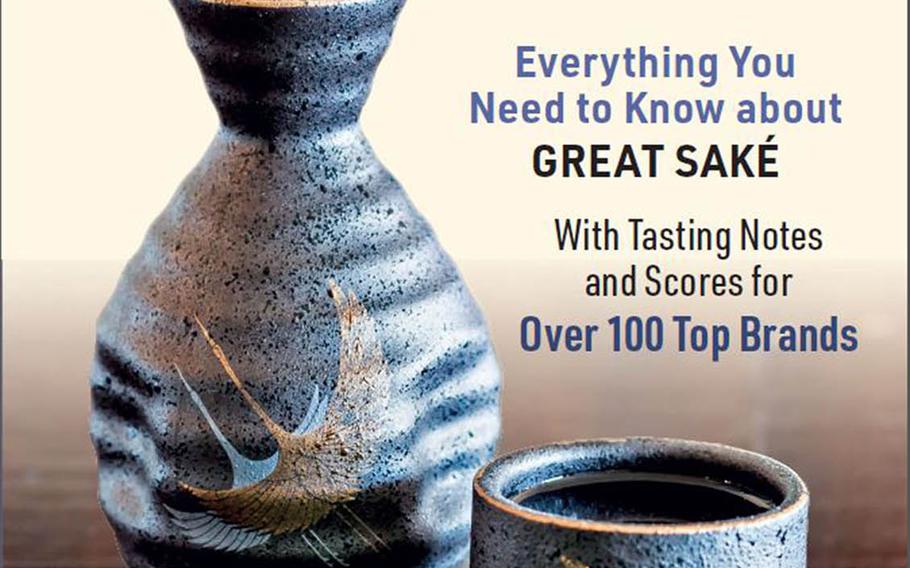
"The Japanese Sake Bible: Everything You Need to Know About Great Sake" blends the science, history and flavor of sake into a comprehensive reference for the beverage's enthusiasts. (Tuttle Publishing)
For 1,000 years, rice brewed and turned into booze has generally been referred to as sake, and for three of those years, Osaka-based author Brian Ashcraft has researched the mysteries of Japan’s national drink.
“The Japanese Sake Bible: Everything You Need to Know About Great Sake” is the culmination of that effort.
This 256-page book, with tasting notes and a foreword by sake experts Takashi Eguchi and Richie Hawtin, blends the science, history and flavor of sake into a comprehensive reference for the beverage’s enthusiasts.
“There are quite a few good books for sake beginners that introduce concepts like how it’s made, the different classifications and the basic history,” wrote one reviewer on Goodreads.com. “There are also very technical books that go into the chemistry and technical details of brewing and flavor. This might be the only book that is both.”
Ashcraft moved to Osaka in 2001 and has been neck deep in the culture ever since. He has authored several deep dives into that culture, including “Japanese Tattoos: History, Culture, Design” and “Japanese Whisky: The Ultimate Guide to the World’s Most Desirable Spirit.”
“When I was a kid, we had a sake set,” he told Stars and Stripes during a recent phone interview. “It was in the bar next to my mom’s German beer stein; I thought it was a striking contrast and it put sake on my radar.”
In 2005, Ashcraft began to frequent sake breweries, where he noticed variations in each type of sake, fostering a curiosity about how brewers found many tastes and textures from a grain of rice.
“I’ve always been interested in the science and history of drinks,” he said. “More stuff has to go right with sake than with whisky.”
Ashcraft also dismisses comparisons of sake to beer or wine.
“Even though the comparisons have existed for centuries and continue today, sake is not rice wine (nor is it related to any distilled drink like whisky),” he writes in the book. “It’s not rice beer either. Sake is sake. There is nothing like it.”
Ashcraft discovered an aphorism among sake brewers that addressed the comparison of sake to wine: “Eighty percent of wine is the grapes, but 80 percent of sake is the brewer.”
“When you drink sake, you understand the intent of those making it,” he said.
Ashcraft recommends that sake aficionados visiting Japan should ask for a recommendation from servers when eating out, and if they discover a taste they like, to remember the brand.
Americans have a widespread literacy for beer, Europeans have the same for wine and spirits, but Westerners are at a loss, generally, in their knowledge of sake. Ashcraft hopes his book and others like it will expand palates of those unfamiliar with the drink.
“The Japanese Sake Bible” is available for $17.99 from Tuttle publishing, and can also be downloaded for about $14.
godbold.theron@stripes.com Twitter: @GodboldTheron